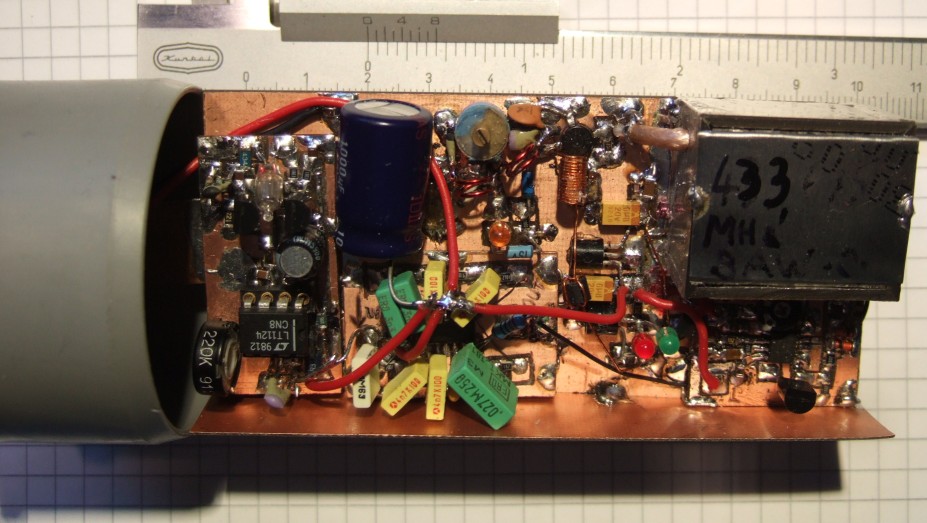

An analogue audio AM receiver applying envelope demodulation on the overall received signal will provide an audio signal to the listener comparable to standard AM transmission. The digital part in the upper sideband corresponds to a DRM signal, therefore a standard DRM consumer receiver will be able to extract and decode the included digital data. A simulcast signal signal consists of a sinusoidal carrier and two additional signal parts in the upper and lower sideband. Test Message T - MUC From GROUND Latency AcctĪs from ETSI TS-102-509 V1.1.1, strictly the term simulcast can be taken to describe a transmission allowing the simultaneous transmission of analogue and digital versions of the same audio programme in one frequency channel (Single Channel Simulcast, SCS). Test Message H - Private Message From GROUND Latency Acct "on-off keying" (the latter usually associated with the Morse Code). These equipments can provide TDM multi-channel broadcast (up to four channels, all 50 baud) and mainly use modulation techiniques as MSK (MSK2 2x50 Baud channels and MSK4 4x50 Baud channels), OQPSK and OOK However, googling the web it's possible to retrieve (few) manufacturers brochures of VLF/LF modulators/demodulators, as the one shown in Fig.

Airborne VLF - TACAMO: EC-130G, EC-130Q, and E-6 aircraft. Back to Shore Station VLF Transmitters Go to VLF Antenna Info Back to main Shore Station HF Transmitter Page Go to Shipboard Transmitter & Transceivers Back to Main Navy Radio Page Please send me e-mail with any more info, photos, links, etc. Moreover, the new STANAG-4724 is currently being ratified by NATO member states as next evolution. US Navy Mobile VLF Systems - TACAMO, SVLF, NOMAD. VLF/LF broadcasts to submarines are STANAG-5030 compliant but unfortunately it's a restricted document so no information is publicy available. The 200Hz assigned bandwidth for VLF/LF broadcast and the low efficiency (and narrow bandwidth) of the aerials are limiting factors, but the use of Minimum Shift Keying (MSK), a form of Quadrature Phase shift Keying, can allow optimum use of this narrow bandwidth. The VLF/LF radio broadcast provides robustness, availability, global coverage, and has seawater penetrating properties. The Navy ashore VLF/LF transmitter facilities transmit submarine command and control broadcast which is the backbone of the submarine broadcast system.


 0 kommentar(er)
0 kommentar(er)
